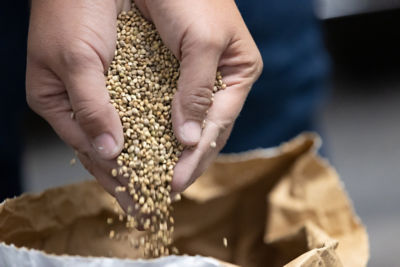Causal Agent
Beet curly top virus (BCTV)
[synomym: Curly top virus (CTV)]
Vector
The beet leafhopper (Circulifer tenellus)
Distribution
Worldwide, in arid and semi-arid regions
Symptoms
When seedlings are infected, leaves turn yellow, twist and curl upward, and thicken to become stiff and crisp. Petioles may curl downward. Fruit set is reduced. Fruit appear dull and wrinkled and tend to ripen prematurely. This virus is not mechanically transmitted.
 Affected plants have shortened internodes.
Affected plants have shortened internodes.
Conditions for Development
This virus has a wide host range, affecting more than 300 species. Common hosts are tomatoes, beets, peppers, squash, beans, cucurbits, spinach, potatoes, cabbage and alfalfa. The beet leafhopper transmits BCTV in a persistent manner. Warm temperatures and dense leafhopper populations are conducive to the spread of BCTV. Viruliferous leafhoppers migrate seasonally and can be moved long distances by wind.
Control
Transplant virus-free seedlings. Rogue infected plants to help avoid transmission in the field. Control weeds near pepper fields to reduce vector and virus reservoirs. Transplant early or late to escape leafhopper infestations, and increase plant density to compensate for losses due to BCTV. Insecticides are generally not effective in controlling Beet curly top.




